- News
- Reviews
- Bikes
- Components
- Bar tape & grips
- Bottom brackets
- Brake & gear cables
- Brake & STI levers
- Brake pads & spares
- Brakes
- Cassettes & freewheels
- Chains
- Chainsets & chainrings
- Derailleurs - front
- Derailleurs - rear
- Forks
- Gear levers & shifters
- Groupsets
- Handlebars & extensions
- Headsets
- Hubs
- Inner tubes
- Pedals
- Quick releases & skewers
- Saddles
- Seatposts
- Stems
- Wheels
- Tyres
- Tubeless valves
- Accessories
- Accessories - misc
- Computer mounts
- Bags
- Bar ends
- Bike bags & cases
- Bottle cages
- Bottles
- Cameras
- Car racks
- Child seats
- Computers
- Glasses
- GPS units
- Helmets
- Lights - front
- Lights - rear
- Lights - sets
- Locks
- Mirrors
- Mudguards
- Racks
- Pumps & CO2 inflators
- Puncture kits
- Reflectives
- Smart watches
- Stands and racks
- Trailers
- Clothing
- Health, fitness and nutrition
- Tools and workshop
- Miscellaneous
- Buyers Guides
- Features
- Forum
- Recommends
- Podcast
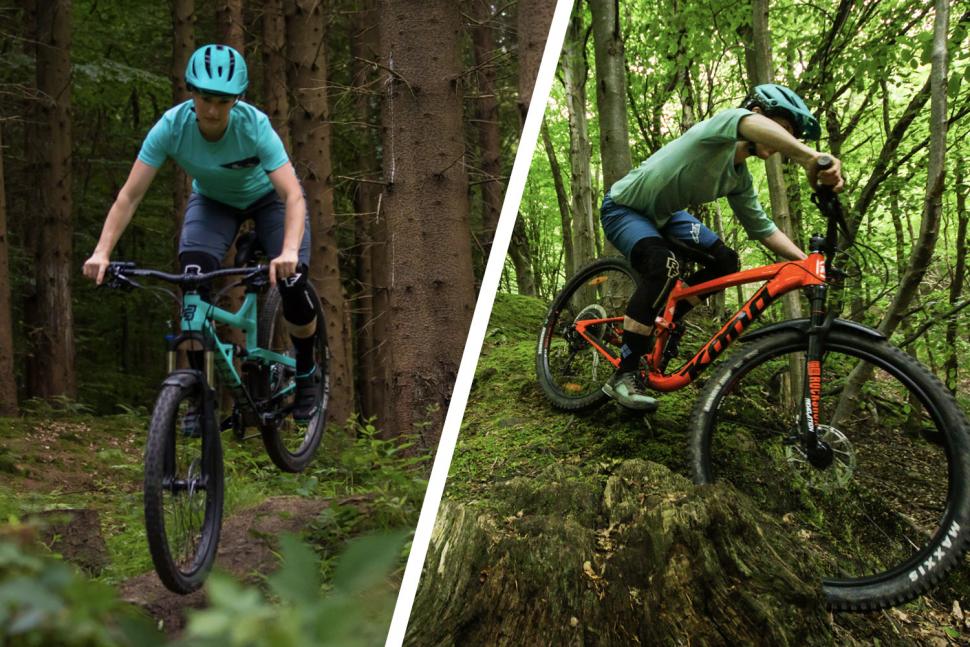 Why your next bike should be a mountain bike July 2018
Why your next bike should be a mountain bike July 20188 reasons why your next bike should be a mountain bike
As everyone knows, the correct number of bikes to own is N+1, where N is the number you own now. But there’s only a certain number of road bikes you can own. What’s a bike addict to do? Get a mountain bike, of course.
The upstart rebel branch of cycling in the 1980s, mountain biking is now an established part of the scene, with thousands of people heading off to play in the woods every weekend. If you’ve not felt the call of the wild, here’s why you should give it a try.
It’s fun
Mountain biking takes you back to being a kid playing in the mud. You’ll get messy, you’ll slide around and you’ll probably fall off a few times. You’ll finish spattered in mud (or, if you get a rare dry trail day, covered in dust), stung by nettles and grinning like a loon while you share stories over a pint.
Escape the traffic
There was a time when minor roads were almost the exclusive preserve of cyclists, especially on Sunday mornings. But now everyone drives everywhere, all the time, so even the tiniest back roads are very rarely the quiet lanes of the pre-Sunday trading era.
To get away from motor traffic, a mountain bike makes it easy to head away from the roads and into the hills. You can ride ‘wild’ by-ways and bridleways, plus purpose-built trails at the many trail centres that dot the country. You’ve no right to ride on public footpaths, though.
Lack of traffic makes mountain biking especially appealing to beginner cyclists, who are often quite reasonably reluctant to ride alongside trucks and boy racers. Easy trails and forest roads are great for building basic riding skills.
Build your skills
For the most part, roads are predictable: they’re solid under your tyres and they provide grip up to a lean angle most people rarely attain. Things are very different off-road: surfaces are loose and slippery, and almost never even. You quickly learn to respond to the bike moving around under you, and to cope with slopes steeper than any road.
All of that translates into a big boost to your bike-handling skills that carries across to the road. I’m a mediocre mountain bike handler, but thanks to decades of off-road riding I’m faster downhill than most road cyclists. Which gives me a chance to catch up after being left behind on the climb.
Even more advanced mountain bike skills can be useful on the road. If you can jump or bunny-hop a mountain bike, you can hop a kerb to get away from an irate cabbie. The trail is a better place to learn that and many trail centres have skill-building areas where you can practice your technique.
Get intense
Mountain biking involves bursts of intensity that are hard to replicate on the road unless you’re very disciplined about exploring the upper limits of your heart rate range. You may even find your maximum heart rate is higher than you think, especially if you have a go at mountain bike racing.
Short bursts of high intensity can be a great part of your training mix; mountain biking is an ideal way to do them.
Explore the woods and moors
There are wonderful, remote, beautiful places you can’t get to by road, from the tops of the Quantocks to the depths of Kielder Forest and beyond. Sure, you could hike in, but who has time for that?
Go night riding
Riding off-road in the dark is unique. With the trail lit from your handlebars and helmet, you traverse the night in your own personal bubble. Trees and trail obstacles spring out of the dark and all your senses are boosted. You’ll encounter animals rarely seen in daytime: foxes, owls, badgers, ‘courting couples’ and more.
If general mountain biking is fun and hones your riding skills, night riding take it up to 11. Your reflexes sharpen up, and because it’s harder to see and anticipate the trail surface, you learn to ride loose and react to the trail as you hit each rock and tree root.
Ride with the kids
Many kid’s bikes have fat tyres for the extra cushion and grip they provide. That means they can go off road too. Kids love the fun and freedom of riding trails, and parents don’t need to constantly make sure the little ones don’t veer off under a truck.
Buy more new toys
If one of the things you enjoy about cycling is buying, using and arguing about gear and accessories, you’re in for a treat. Not only does mountain biking have its own specific set of toys, but mud and wet means things wear out faster so you’ll have plenty of shopping opportunities down the line.
Things that it’s a good idea to pick up include:
Hydration backpack. Even if you can fit bottles (and there’s not much room on many modern mountain bikes) drinking from them while riding is tricky and they tend to jump out on rough ground. A small backpack with a bladder carries far more water (up to three litres), is easier to drink from and can carry other stuff too, such as a jacket (see below), tools and spares.
Buyer's guide to hydration packs for mountain biking
Jacket. Riding in the hills means you’ll encounter every whim of the good old British weather, often on the same day. A high-quality waterproof jacket tucked into your backpack is a must. As well as protecting you from the elements while you’re riding, it’ll come in handy for keeping you warm when you stop.
Buyer's guide to waterproof mountain bike and gravel jackets
Helmet. You might not wear one on the road, but a helmet is probably a good idea for mountain biking. You’ll fall far more often when playing in the woods (some would say it’s part of the game) and a helmet can protect against minor but messy scalp wounds and low-hanging branches. It won’t save your life, but it’ll stop you bleeding on your favourite jacket and twiddling your thumbs in A&E waiting to be stitched up. A mountain bike helmet usually has a peak to help keep the sun (or, let's be honest, rain) out of your eyes.
Buyer's guide to mountain bike helmets
Off-road shoes and pedals. There are two schools of thought when it comes to off-road pedals and footwear. If you’re already comfortable with being clipped in, then double-sided SPD pedals and matching shoes are the way to go.
Many riders prefer not to be attached to the bike, so they use ‘flat’ pedals with grippy-soled shoes. Forums are full of religious wars between the two camps, but it’s ultimately down to personal taste.
Buyer's guide to mountain bike pedals - what's best, flats or clips?
Full-finger gloves. When (not if) you fall off, your hands will very likely hit the ground first. If you don’t want to spend the next hour picking gravel out of your palms, gloves are a must.
A bike
And of course you'll need a mountain bike. There are now as many different types of mountain bike as there are road bikes, from stripped down single speeds and jump bikes right through to full suspension downhill rigs, oh, and not forgetting e-mountain bikes either. You also get a choice of wheel size on mountain bikes these days.
Buying your first mountain bike: the complete guide
Buyer's guide to mountain bikes - get the best MTB for you
For all the latest mountain bike news and product reviews, pop over to our fabulously muddy sister site, www.off.road.cc. Here's a useful list of mountain biking features and buyer's guides.
John has been writing about bikes and cycling for over 30 years since discovering that people were mug enough to pay him for it rather than expecting him to do an honest day's work.
He was heavily involved in the mountain bike boom of the late 1980s as a racer, team manager and race promoter, and that led to writing for Mountain Biking UK magazine shortly after its inception. He got the gig by phoning up the editor and telling him the magazine was rubbish and he could do better. Rather than telling him to get lost, MBUK editor Tym Manley called John’s bluff and the rest is history.
Since then he has worked on MTB Pro magazine and was editor of Maximum Mountain Bike and Australian Mountain Bike magazines, before switching to the web in 2000 to work for CyclingNews.com. Along with road.cc founder Tony Farrelly, John was on the launch team for BikeRadar.com and subsequently became editor in chief of Future Publishing’s group of cycling magazines and websites, including Cycling Plus, MBUK, What Mountain Bike and Procycling.
John has also written for Cyclist magazine, edited the BikeMagic website and was founding editor of TotalWomensCycling.com before handing over to someone far more representative of the site's main audience.
He joined road.cc in 2013. He lives in Cambridge where the lack of hills is more than made up for by the headwinds.
Latest Comments
- mark1a 9 min 46 sec ago
I would probably question on whether the value is "far better", if one budgets £100 for a decent front light, we're up to £430, and that that point...
- mitsky 16 min 31 sec ago
... says the man (Monbiot) who himself shuts out progressive voices...
- ktache 22 min 29 sec ago
Passenger been charged with aiding and abbetting dangerous driving...
- quiff 13 min 32 sec ago
"We currently have safe existing cycling infrastructure on the roundabout which can be easily enhanced with better signage"....
- mitsky 9 min 22 sec ago
"four months in prison, suspended for 12 months, and disqualified him from driving for 15 months. He was also ordered to pay £750 in compensation...
- Disgusted of Tunbridge Wells 36 min 49 sec ago
Kendo (Japanese: 剣道, Hepburn: Kendō, lit. 'sword way' or 'sword path' or 'way of the sword') is a modern Japanese martial art, descended from...
- Jimmy Ray Will 1 hour 8 min ago
Indeed, but too high is more damaging than too low. ...
- EK Spinner 1 hour 9 min ago
So the same cop has given very different reasons for NFA to the rider and to his MP....
- mdavidford 1 hour 51 min ago
They make an ass out of... um... ptions?
- BalladOfStruth 2 hours 13 min ago
They weren’t able to conclude beyond all doubt that the driver was at fault from (probably silent) CCTV, but a witness (a front-seat passenger with...
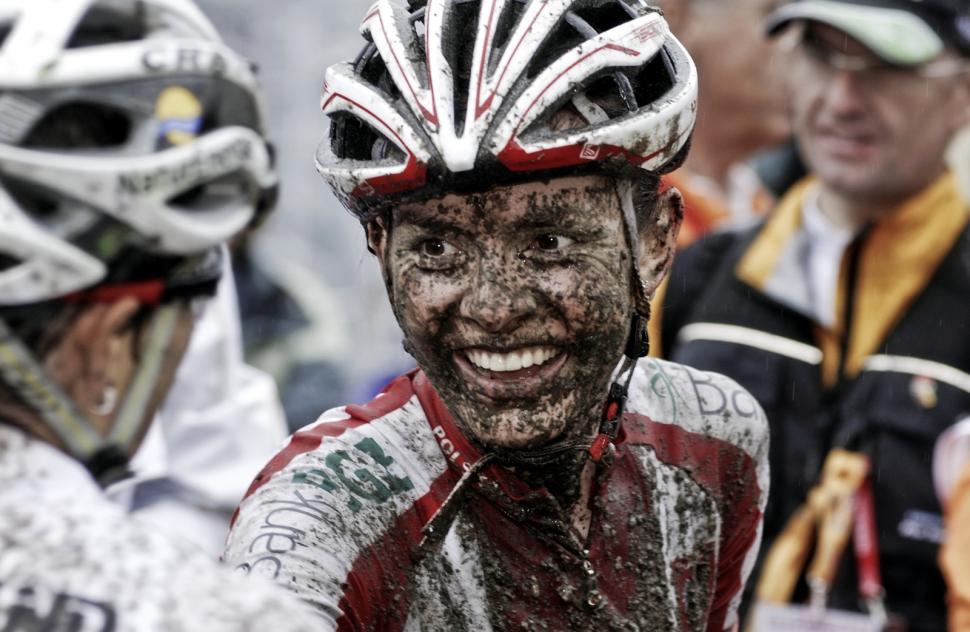

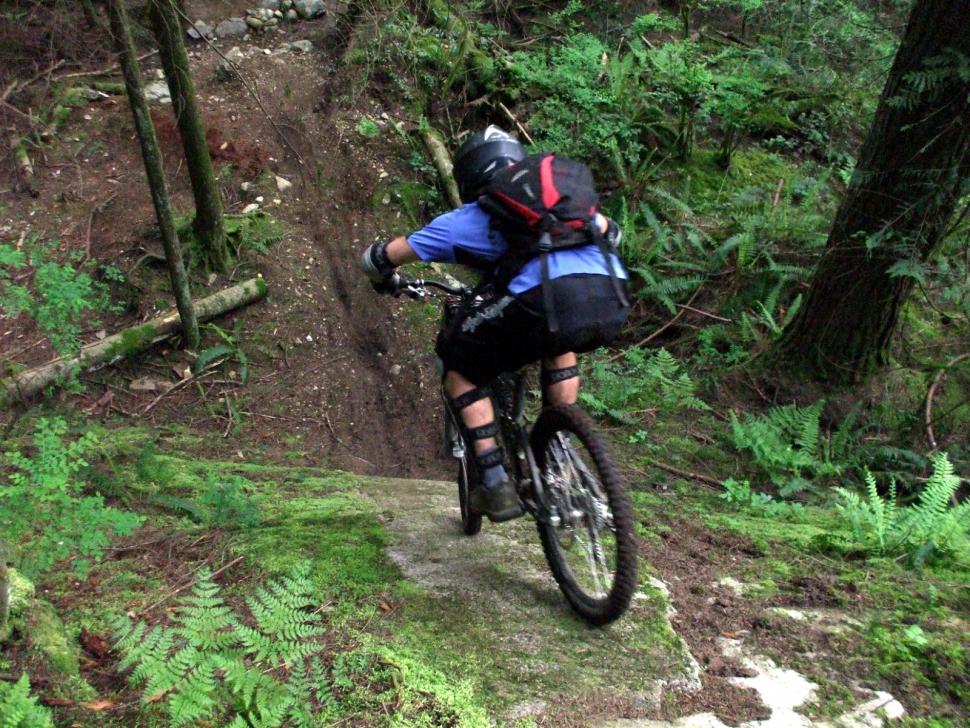
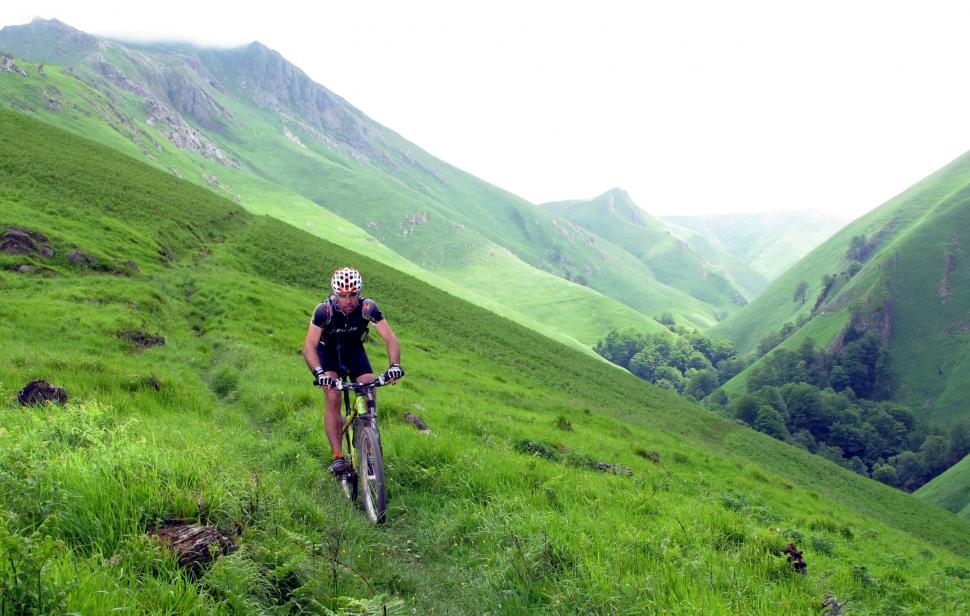
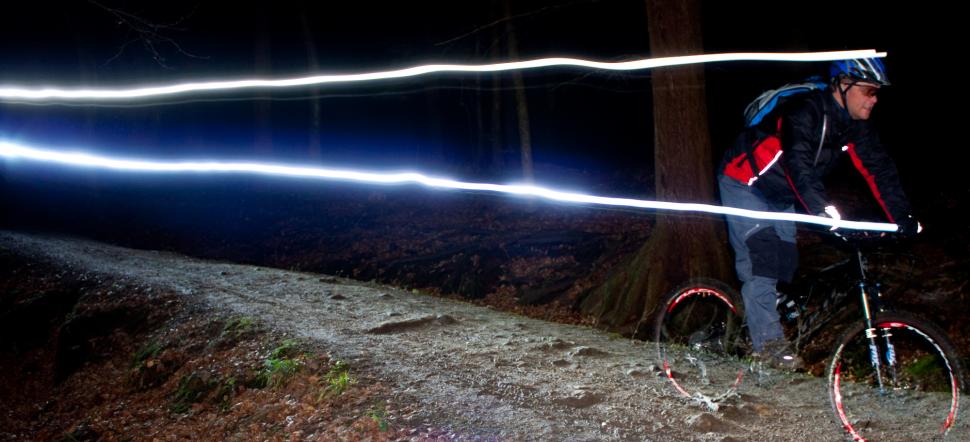
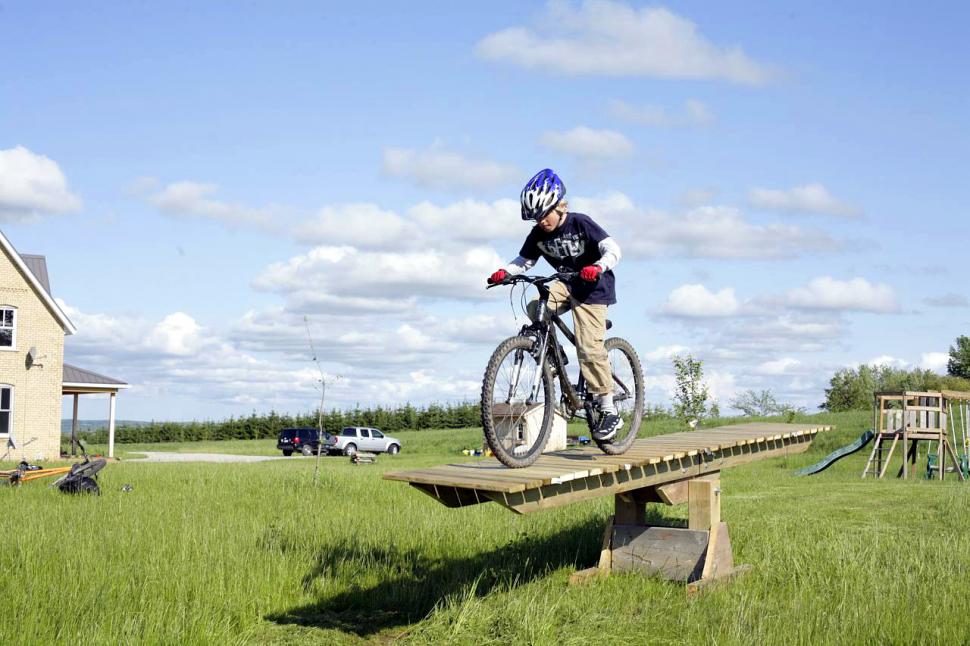
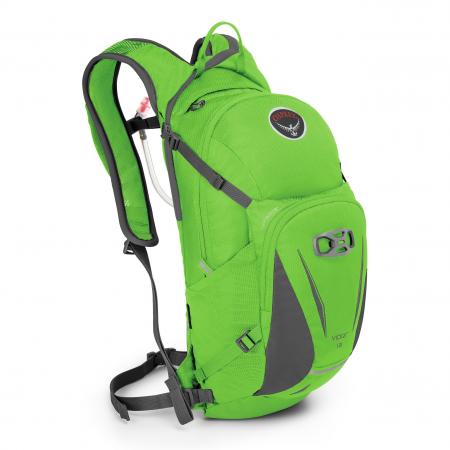
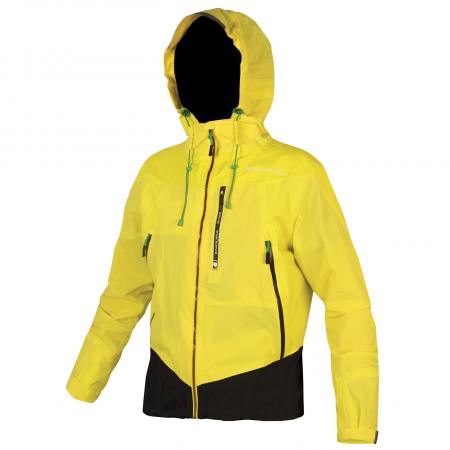


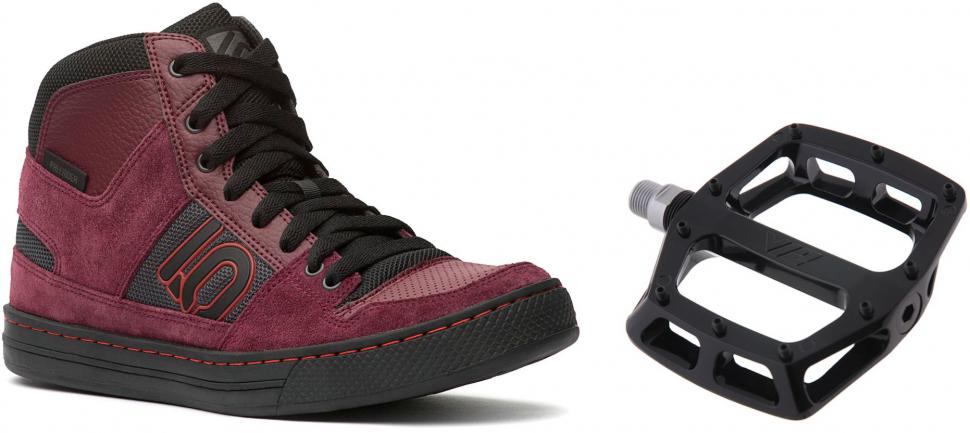
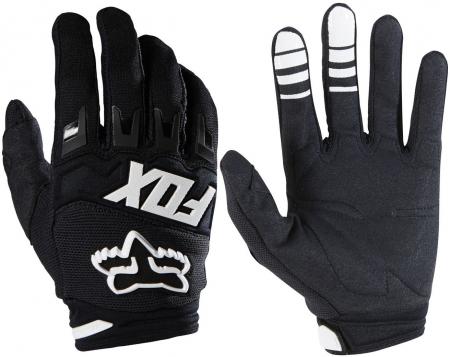

Add new comment
54 comments
So the same 8 reasons as 6 years ago, 4 years ago, 2 years ago. Stop doing this Road CC. Posting a really old recycled story as your main news piece isn't what I pay a subscription for.
The same comment as under every repromoted feature (not 'news piece'). Stop doing this Surreyrider. Posting the same old thing over and over isn't what I come to the BTL for.
For riders wanting more hand positions than a normal flat bar gives there is alway the Jones H bar, and it's many copies (often cheaper), I'm loving mine, I still have to wrap the loop in mine. I could have done with a few less degrees on the bend, but that's me.
Got my first mountain bike last december, at the age of 47! (Me, not the bike). I must admit it was only to allow me to commute in all weathers (ice tyres), so it got me through some dodgy conditions that I wouldn't have dared venture out on the road bike in.
It was a massive spur of the moment purchase, I'd only gone into the bike shop for a browse, but it had a good discount AND I got the other half's approval (encouragement even!). I know it's heavy and slow, but it does put a different kind of smail on my face (if that makes sense), plus I live near some dedicated trails in Grizedale in the Lakes, so a great place to get off road.
Pah, your next bike should be a BMX.
I realise it's against "the rules" but the peak on my mountain bike helmets does somewhat help when riding on the road at night, just dipping the head blocks out bright oncoming headlights.
Let's be honest- anyone who lives by "The Rules" is a bellend.
Totally agree.
Never really understood why, if the peak on the helmet was so abhorrent to road cyclists, that the peaked cycling cap underneath the "road" helmet is accepted/expected.
The way some "road" bikes are going with disc brakes and suspension parts and wide tyres your next bike may well be a "mountain" bike, and that's before we start on beards !
I thought the reason for needing a mountain bike that was because UK roads were so bad you needed one to actually get around from A to B.
That's why I've got a 4x4.
"Why your next article should be a road-bike article, road.cc".
My old MTB has big old L-shaped bar ends on, which I used a bit - mainly put them on to protect my hands from punching trees.
Never bothered putting any on when I bought a new MTB and can't say I've ever missed them.
I'd very much like my next bike to be an upgrade MTB - better start saving up...
I believe MTB riding is a good thing.
As mentioned, helps build skills that you wouldn't otherwise have just riding the road. its also good for road racing, and specifically for crash avoidance. MTB teaches you that you can hit things and or lose your wheels without necessarily hitting the deck.
Good fun too.
Have to agree that drop bars are more comfortable. Straight MTB bars get painful quickly, having next to no way to vary your grip. I can't do more than an hour on MTB bars, where drops you can go for hours. You lose a little bit of manoeuvrability on twistier stuff with narrower drops, but you can work it around it mostly. Probably even helps with technical skills, with more transferable skills to road...
Also, helmets are _not_ compulsory - bull. If you like bimbling along, not too fast, and riding within yourself on soft earthen trails, then the natural helmet evolution provided you with likely will suffice. If you like pushing it on rocky trails, maybe you do want a helmet. Wear what suits the type of riding you do.
Be sensible and do what is right for you. Feel more than free to ignore the frothing helmet fascists if you're just taking it easy.
That's why bar ends were a good idea. They seemed to go out of fashion when riser bars came in but I still have mine in a box somewhere (but no mtb to attached them too).
My 10 year old Boardman still has bar ends and I use them all the time! If I ever upgrade to a new MTB, I will be looking at getting bar ends on it.
That line about MTB taking you back to being a kid, that's what any cycling does for me, not just MTB. I'm lucky enough to live 5 minutes from the South downs Way (or 5 minutes from the bottom of the hill that leads to the SDW...) I can't imagine not riding on and off road. Some roadie mates have NEVER ridden off road, I just don't understand them. I've never been to a man-made trail park though and hardly ever put either bike in the car to ride somewhere.
MTB riding is different; as the article says you are more likely to have higher intensity bursts but the opposite is true too. You are more likely to spend longer coasting taking in the view, and some of the faster downhills I just can't pedal as my brain doesn't have the capacity to cope with picking the least dangerous line. I don't do any of the crazy jump routes though.
Although you don't get much in the way of hand position options, I think this is as much down to fit and suspension setup as anything. If your forks are set up so they actually work (many people have way too much compression damping and/or too high pressure) then there will be a lot less vibration and shocks than on a road bike. Choosing good grips makes a big difference too, like bar tape.
I cycled the South Downs Way on my MTB last year in one day, about 12.5 hours moving time, and had no hand discomfort issues at all, even with no bar ends. On the road bike, though, where I don't think my fit is quite so sorted, I get hand discomfort on rides just a fraction of that duration.
That's just bad set up and being poorly informed on the subject of cycling in general. I'm relatively certain the thousands of MTBers racing in 12 and 24hour events on 740mm Straight Bars don't have any trouble whatsover, myself included.
Re the helmet I am absolutely with you 100% on that one "Be sensible and do what is right for you" absolutely spot on though I would probably change the wording to "Only protect something if there is something inside worthy of protecting" I think that covers it better.
I purchased last years Scott Lt700 tuned framset, set about ordering parts to build my self a top notch xtrail mtb. Single XTR groupset, Hope hydraulic braking system, Stans tubeless wheels with Hope hubs, and bottom bracket. All anodised to match frame set.
First ride was a 50 miler, tired, but no aches or pains. I got a huge sense of achievement building up my bike and then to find it works flawlessly and comfy to boot
My next bike is going to be trail bike. I hate the thought of another winter sat in front of the big screen, Zwifting away in my garage, I'd much rather be out riding for real without worrying about what lies beneath that puddle of water.
I love my mountain bike! I've made a few adjustments - this bike is purely for fun so it's a bit of an unusal setup! Just one gear (39/15 - it's hilly here!) so that's something less to think about and drop bars for comfort. I'm used to narrow (33cm c-c) bars on my track bike so I've gone narrow here too (35cm c-c).
bike_o.jpg
BIKE PORN alert (minus points for the wrong pedals)
I prefer cycling
The CX bike is my current toy but still have my roadbikes and one mountain bike.
Just remember to look where you want to be, not what's under your wheels. Buying 2nd hand bikes should include a budget for fork & rear suspension service...just to make sure it's all perfect.
.. and you don't need mountains or much countryside. We at Herne Hill Youth run a weekly 25km MTB ride for our 12+ year old riders from Herne Hill (London) on Saturdays.
70% is off road on bridleways, tracks, parks and through woods. We have mud, steps, 1in1 spint climbs, descents, speed bumps, tram lines, kerbs, barriers, gravel, sand, grass, roots, rocks, puddles, streams, animals and ice cream vans all incorporated to add to the fun. Just use your imagination.
And if you race cross, MTB is the perfect way to hone your bike handling skills for those technical sections of courses, although they are getting more tame these days as more roadies join in. (We also run a cross version of the ride)
ww.hhycc.com
The term 'Mountain' s misleading - it's off road riding, and you don't need mountains. We run a 30 km MTB ride on Saturdays starting and finishing at Herne Hill velodrome for our 12+ year old riders. 75% off road on bridleways and tracks. There are plenty of roots, concrete steps, mud, gravel, sand, speed bumps, 45 degree sprint climbs, and descents, animals and ice cream vans to keep us amused...
And if you ride cross, MTB is very beneficial to your bike handling of those technical courses.
And, yes, helmets are compulsory.
www.hhycc.com
I've just returned from Southern Germany and was bitten by the MTB bug whilst there, fantastic MTB routes through forests and just great fun and great for allround fitness. Back home now in North Leeds and surrounding area which has a good range of off road routes which I'm looking forward to exploring when I pick up the MTB
This year I bought a used 29er and tried it offroad. Well after the first time I had to clean I sold it at the same price.
Well if there weren't vehicle emissions and especially "eco-friendly" diesels, road cycling would win everywhere.
Wow, buzzkill.
Pages